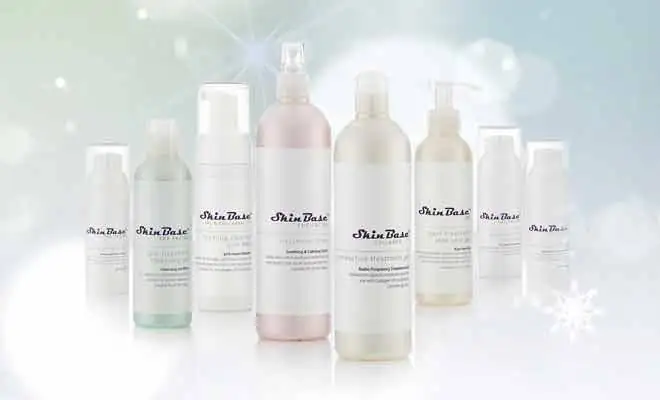Blackheads will plague nearly all of us at some point in our lives, but what causes them and how can we get rid? Here’s everything you need to know about preventing and eliminating those pesky black specks.
What are blackheads?
Blackheads are formed inside pores and are made up of sebum and dead skin. This unpleasant sounding cocktail occurs when a pore secretes sebum that then gets trapped by excess dead skin cells. The exposed part of this blockage at the surface of the pore oxidises, causing the black ‘head’. You can also get blackheads from using skincare or makeup that is too rich or oily for your skin type because excess oil will settle in your pores. Blackheads can be very noticeable, especially when they congregate on a particular area of the skin. The nose is commonly affected, it tends to be oily and the skin is taut, making them more obvious. But blackheads can cause other skin issues too, like spots and a bumpy skin texture, which can be very noticeable.
What can we do about them?
While this all sounds horrible, sebum is vital for maintaining the health of the skin so it’s very important not to overdo your cleansing or exfoliation routines in an attempt to eliminate them. If you strip your skin of oil or over-exfoliate, your skin will start to produce extra oil to protect itself so the blackhead problem could get even worse. The best way to combat blackheads is a gentle, consistent skincare routine combined with an exfoliating facial treatment. When choosing a treatment, make sure it is designed to keep skin healthy at the same time as reducing your blackhead problem.
Microdermabrasion Treatment
The best way to do this is through a course of Microdermabrasion facials. Microdermabrasion works by removing dead skin and speeding up the rate at which skin renews. Removing dead skin helps to remove the blackheads and prevent them from coming back. It can also reduce pore size to leave you with flawless looking skin. When you have Microdermabrasion, a fine jet of abrasive crystals will be passed over the affected areas of your skin, to loosen dead skin cells and therefore free the trapped solidified oil. The debris from this will be gently vacuumed away, which has the added benefit of stimulating the circulation within the skin, increasing radiance and the overall health of your skin.
Progressive Results
You will be able to see results from the first treatment, but the effects will keep getting better over time. Each treatment you have, your therapist will be able to increase the intensity of the Microdermabrasion. This allows deeper and deeper penetration of the layers of the skin to drastically reduce your blackheads.
Good Skincare Routine
After a Microdermabrasion facial your therapist will apply a light moisturiser and SPF, leaving your new skin free to breathe. It’s important to keep a consistent skincare routine, but make sure you use light, hydrating products. Keeping your skin hydrated is the key. Well-hydrated skin can regulate its oil production properly, keeping skin soft and clear.
Image:istock.com/ThamKC

